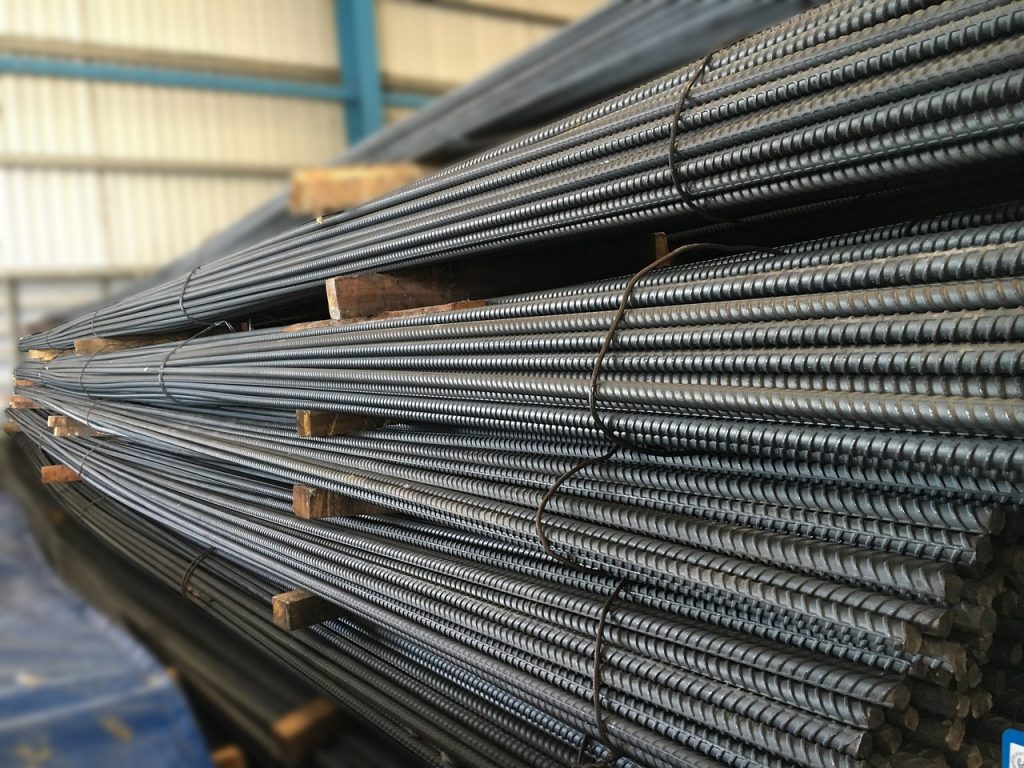Shortage of steel rods hits home construction
Housing and construction projects outside urban markets are staring at a slowdown for a few months with dealers and buyers reporting a shortage of long steel products, such as rods, bars and wires.
Construction steel, mostly produced by small, secondary steel mills scattered across the southern and eastern regions, has been in short supply as many micro, small and medium enterprises (MSMEs) struggle to emerge from the effects of the pandemic on labour and capital as well as sky-high iron-ore prices. The key reason for the shortage appears to be linked to a scarcity of iron ore in the local market. NMDC Ltd, the state-run primary ore miner that steel mills depend on, raised the price of iron ore lumps from ₹1,960 a tonne in June to ₹4,610 in December, a 135% increase over six months.
Meanwhile, NMDC’s average monthly iron ore production declined 27% from a year earlier during April-November to 13.81 tonnes. About 1.6 tonnes of iron ore are required to produce a tonne of steel. Iron ore prices are moving in tandem with the global trend, which is rising to meet China’s stimulus-driven appetite for steel. This has prompted miners across the world, including in India, to increase their steel exports.
In India, construction steel producers, who are mostly medium-sized enterprises making unbranded TMT (thermo-mechanical treatment) bars and rebars at plants of under 2 million tonnes per annum capacity, are unable to keep up with the rising input costs as they do not have the pricing power to pass on the increase in prices to their customers.

R.K. Goyal, managing director, Kalyani Steel and vice-president of Karnataka Iron and Steel Manufacturers’ Association, said while flat steel firms have been able to negotiate higher prices from customers, particularly automakers, long steel suppliers haven’t been able to do so.
“We haven’t had a price hike in three months from auto OEMs (original equipment makers). With iron ore prices going up and no increase in the selling price of steel, smaller mills are choosing not to produce as much. There has been no corresponding increase in steel price to make up for rising input costs.”
“Rolling mills used to produce 45% of total long steel, but now they are able to produce 30-32% of market demand,” V.R. Sharma, managing director, Jindal Steel and Power Ltd, told Mint. “Most large players like us are running at full capacity; we used to produce 55% of market demand, now that’s gone up to as much as 60%. Larger players cannot produce more.”
Analysts say the shortage is being felt acutely in non-urban markets, where large integrated steel mills do not have a marketing presence, and where building projects may be delayed.
The secondary steel mills will be able to return to normalcy once iron ore prices begin to cool, Arnab Hazra, deputy secretary general, Indian Steel Association, told Mint. “I believe in four to six months, the effects of the Chinese stimulus will wear off, Brazilian iron ore supply will normalise and Odisha’s mining production will improve substantially. Subsequently iron ore availability as well as prices internationally and in the domestic market will cool down. This will benefit the entire steel industry, especially the secondary steel makers.”
Date : 10 Jan 2021
Source : https://www.livemint.com/industry/infrastructure/shortage-of-steel-rods-hits-home-construction-11610301656411.html